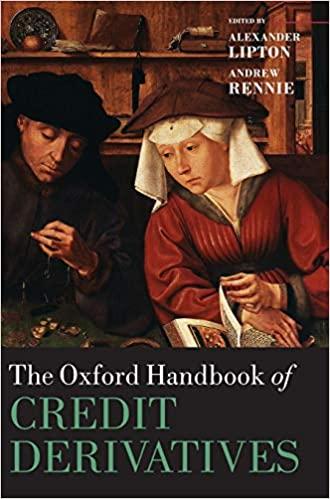Answered step by step
Verified Expert Solution
Question
1 Approved Answer
1 . Using EXCEL, calculate the IRR for the following project with the following cash flows: an initial outflow of $ 5 0 0 followed
Using EXCEL, calculate the IRR for the following project with the following cash flows: an initial outflow of $ followed by inflows of $ $ $ and $ at oneyear intervals.
Calculate the NPV at a cost of capital of and a project with an initial outlay of $ and an inflow of $ $ $ $ and $ at oneyear intervals.
Calculate the Payback Period for a project with an initial outlay of $ and an inflow of $ $ and $ at oneyear intervals.
You are a financial analyst for Forte, Inc., a bus operator firm that is bidding on a public transport government contract in a city in South Asia. The project requires the company to purchase and operate buses on selected routes.
Data available for your analysis:
Investment is in buses each costing $ that will operate for years. Total investment outlay is expected to be $M
The project has no salvage value.
The city government has guaranteed to pay $ per kilometer for a guaranteed kilometers for each of the buses.
VC is $ per kilometer with fixed costs of $Kyear
Risk free rate is and the company's risk department has projected a beta of Return on the broad market is
WACC of the company is
The Asian country has offered full tax exemption.
Compute:
Net aftertax cash flows for each of the years of the project remember that net annual cash flows annual cash inflows annual cash outflows
A net present value analysis you will need to calculate the rate to be used for discounting, and the rate must be based on the risk inherent in the project HINT: A riskadjusted discount rate may be computed using the CAPM or SML approach that considers the data available.
Step by Step Solution
There are 3 Steps involved in it
Step: 1

Get Instant Access to Expert-Tailored Solutions
See step-by-step solutions with expert insights and AI powered tools for academic success
Step: 2

Step: 3

Ace Your Homework with AI
Get the answers you need in no time with our AI-driven, step-by-step assistance
Get Started


